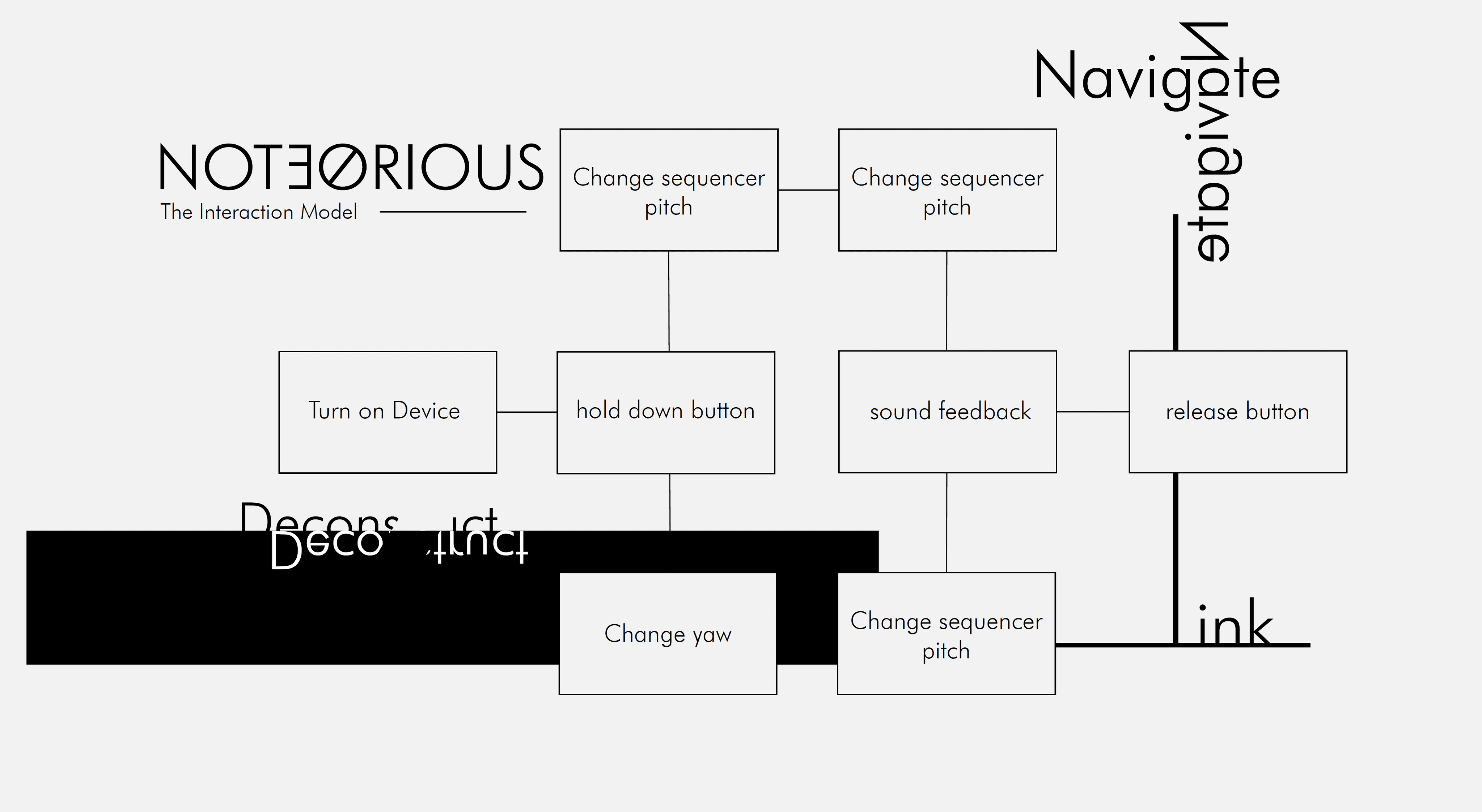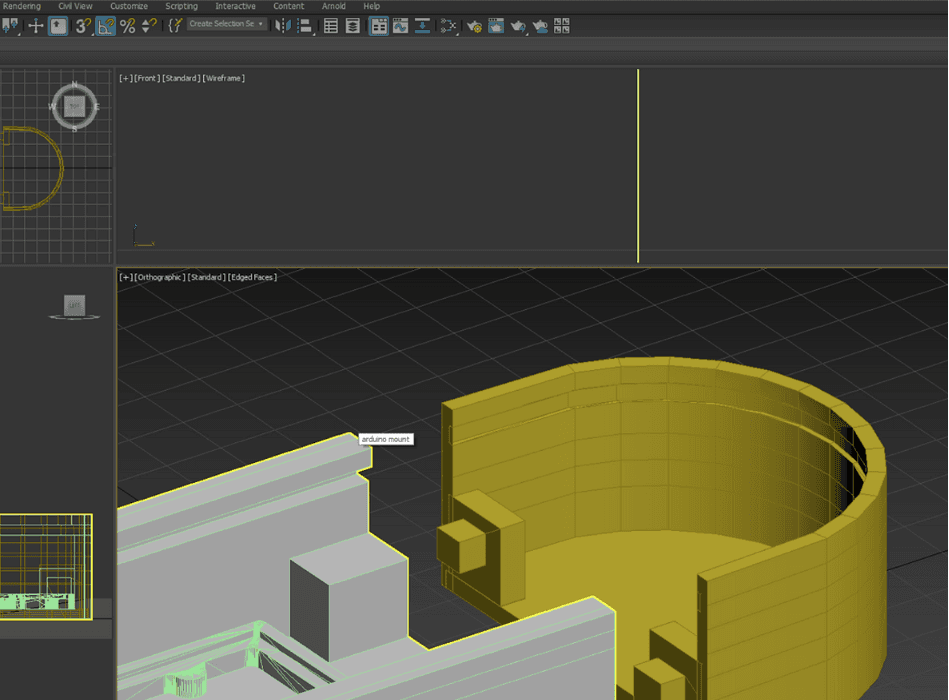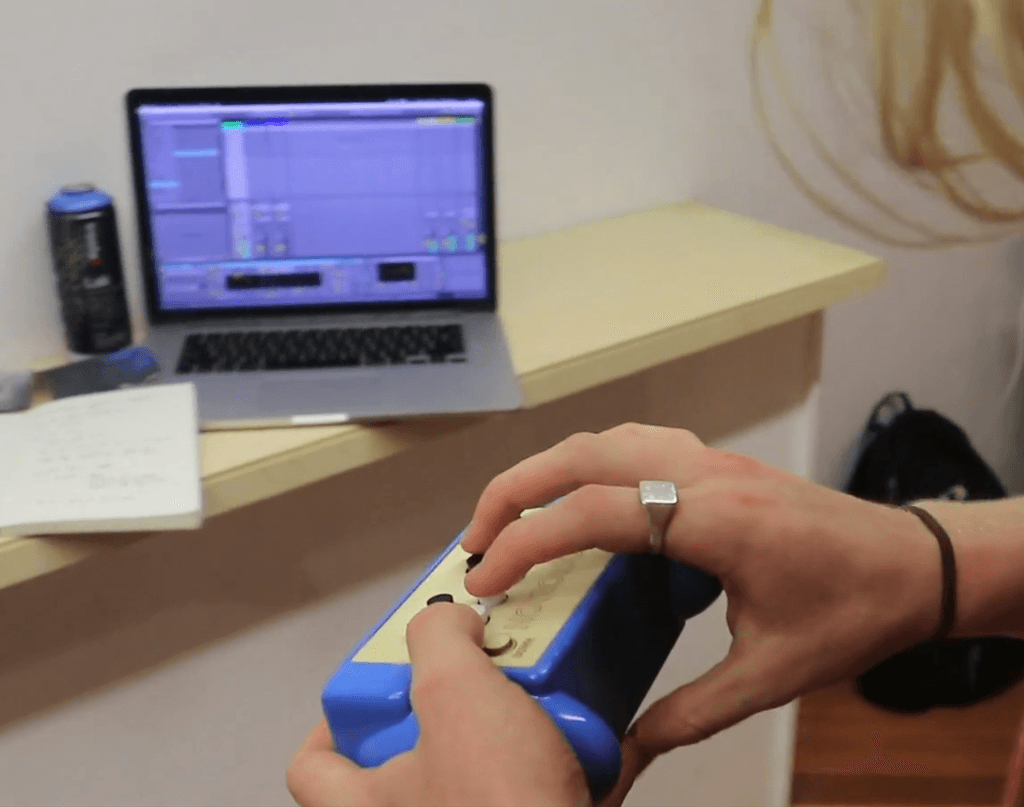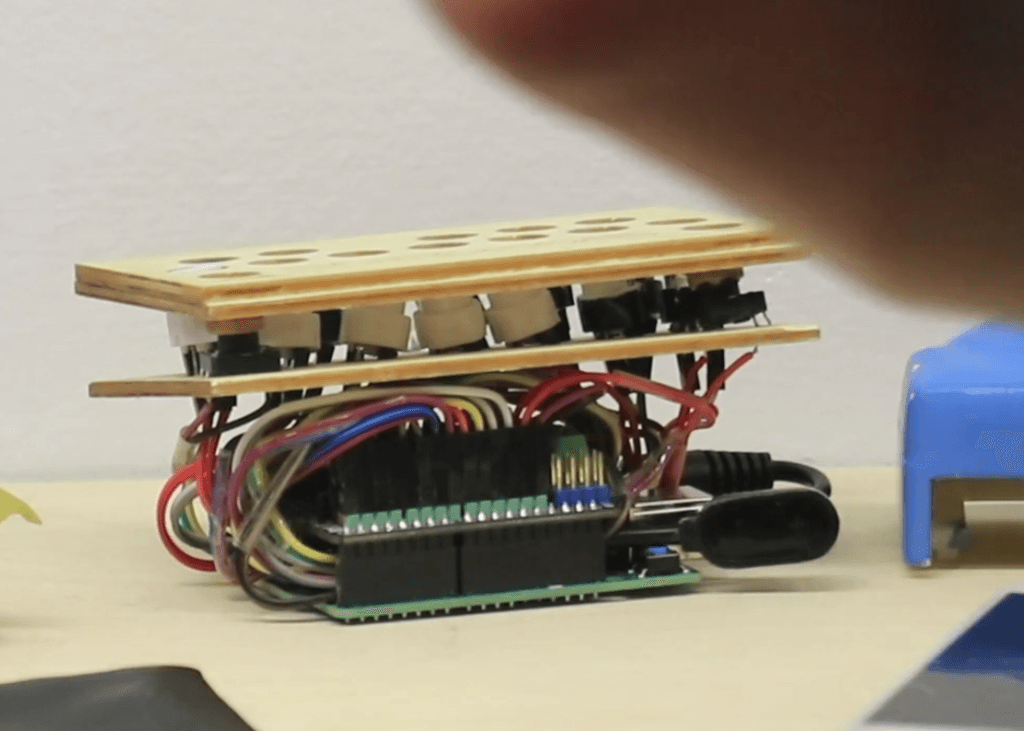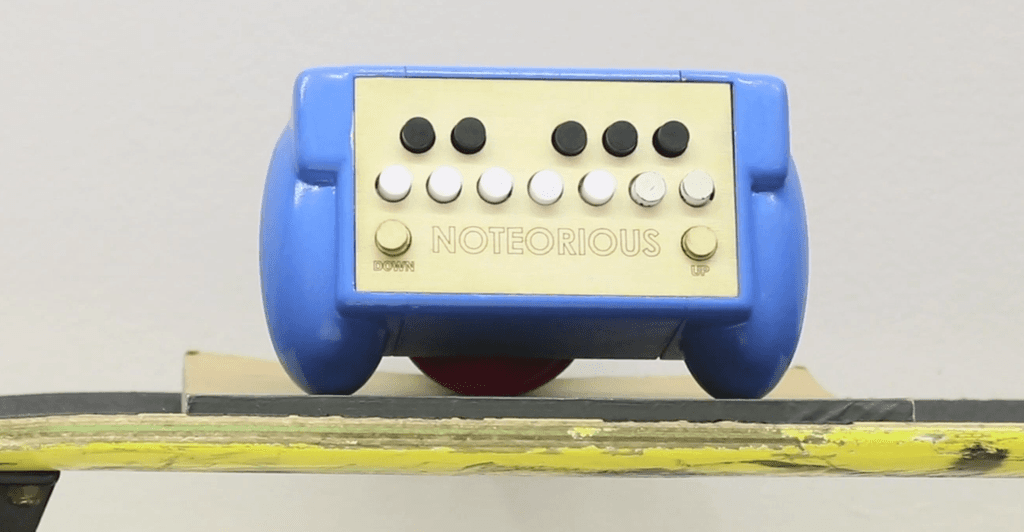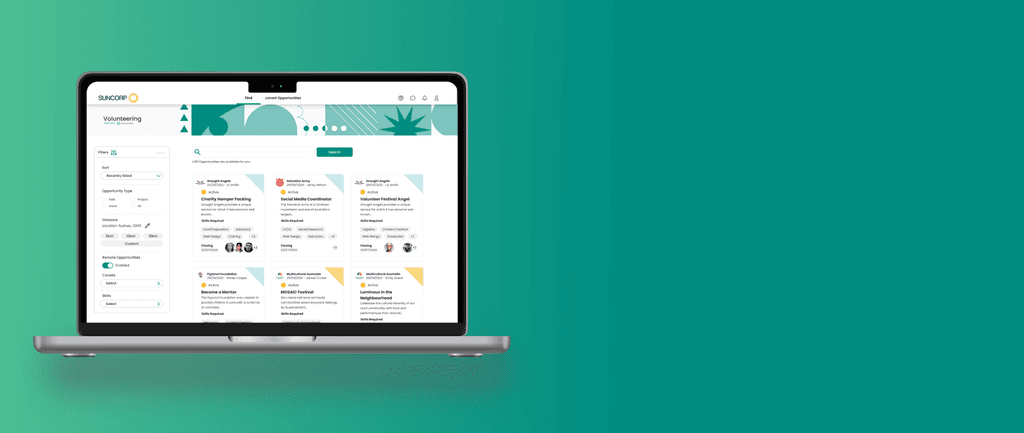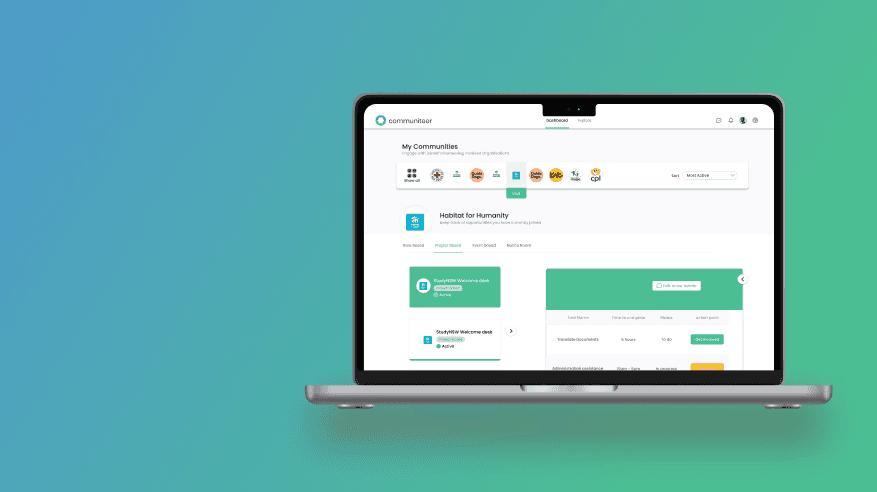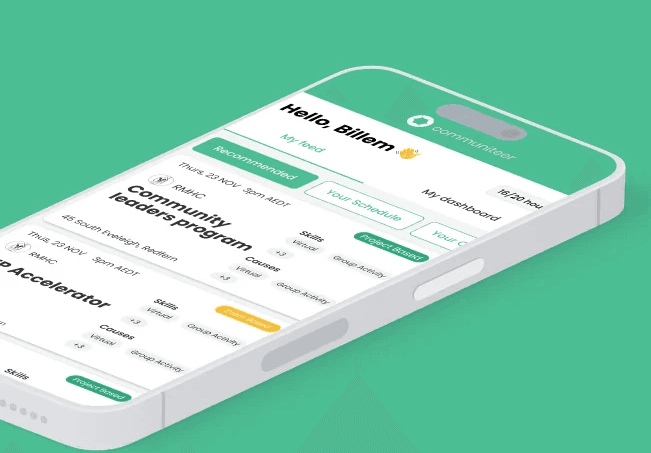Sydney University
Noteorious
"How do we make music production a more accessible profession
for beginners?"

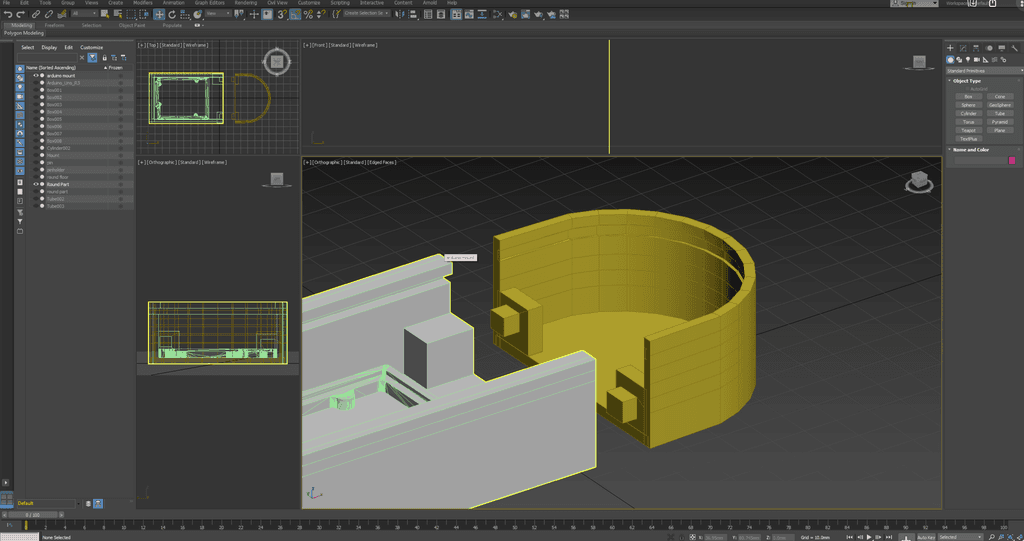

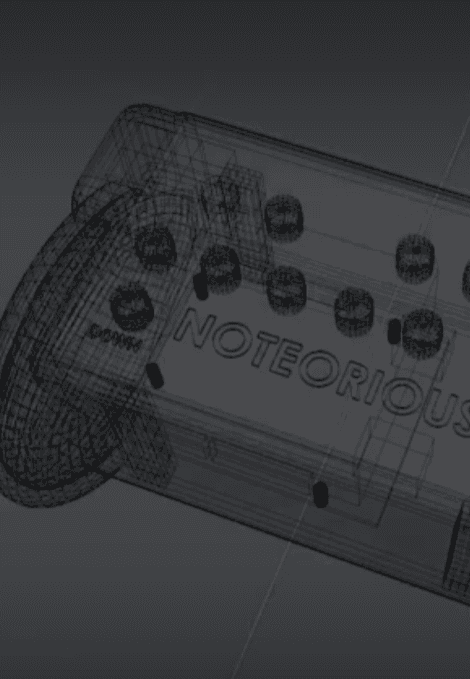
Overview
"Noteorious" is an augmented MIDI controller concept that offers a different type of interaction for music production through NIME (New Interfaces for musical expression). The product provides a gamified entry point for newcomers to the music production industry, lessening the learning curve of production software such as Ableton and how to create expressive music. Taking elements from preconceived affordances from gaming controllers and piano layouts, Notorious limits the cognitive load bestowed upon users whilst providing an engaging user experience through gamification.
Approach
A strict adherence to the double diamond design approach was made as a basis for the design project, combining both convergent and divergent thinking to produce an applicable solution. This allowed the team to dive deep into investigating barriers to entry for aspiring music producers, develop out of the box ideas to such pain-points, and bring about a product that places the user first.
Timeframe
4 months
My Responsibilities
Rapid Prototyping
Iterating and building on top of prototypes to achieve a quality product
Product development
Ensuring prototype functions as expected
User testing
generating basic structure and layout
UX research
So much character in this one.
Team
Interaction designer
Interaction designer
Interaction designer
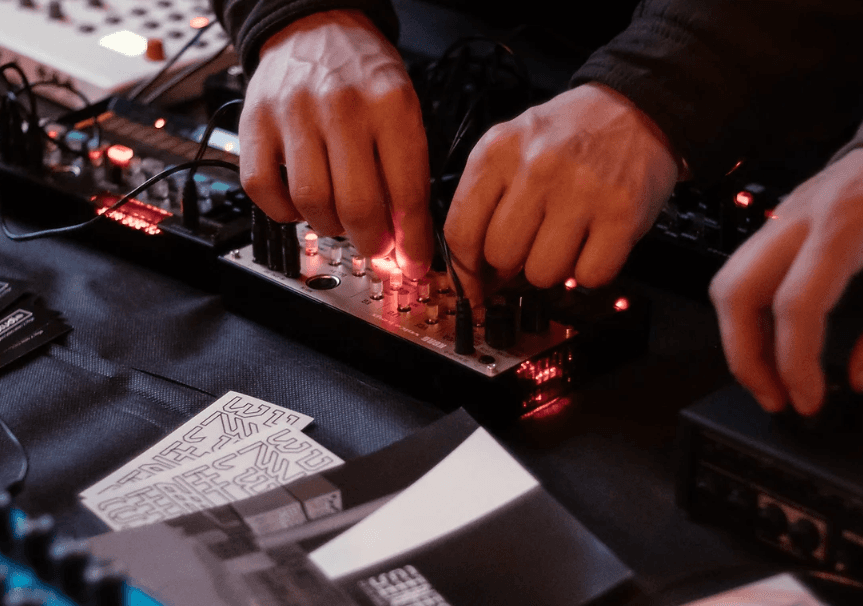
Discover.
At the beginning of the project, we focused on understanding both the user and the problem space to identify if in this case, learning about music production did have a problem. From the user's point of view, there were critical obstacles along the path to becoming a music producer from the get-go.
The team found breakthroughs through interviews combined with ethnographic analysis. We used these methods to understand the attitudinal response of target users towards learning music production when viable products have been tested and preconceived throughs surrounding the matter. Both methods are qualitative in nature generating data around the 'why' of a problem rather than focusing on how large it is. Answers such as "There are too many tools and technical words that I dont understand" and "trying out different music workstations can be daunting" showed themes of a negative first impression when navigating software music production tools.
Define.
This phase of the project involved using what research we had found in the previous step (discover) and analysing what had been found into key themes and insights to narrow down the problem area. This was completed through the affinity diagramming method. This method was used to uncover what causes of concern consistently came up from a broad range of interviewees and forum responses with affinity diagramming being a straightforward method to process data that is qualitative in nature. We uncovered four primary themes that had a significant impact on an inspiring music producer.

Key insights
- The majority of aspiring music producers were in their teens to early 20's
- predominately learn by experimenting
- The significant learning curve to both software and hardware.
- Hardware for music production is expensive
- Most begin experimenting with FL studio or Ableton
Develop.
With deliverables demanding dor a product that is physical in nature, the team planned on supplementing studio workstations to lessen the pain points experienced when operating such systems. Our team began the ideation phase, where we came up with a criteria for success for creating music…
High level of engagement
Physical in nature (Pre-existing requirements of the project)
Intuitive
Interoperability with music workstations
Low cognitive load
After refining and discussing several plausible solutions, we were left with three concepts to tackle the problem space. Employing the harris profile decision matrix to exaluate the strengths and weaknesses of each concept provided us with an objective view of which most fulfilss the criteria for success.
Users need a model that reflects and supports their real-world interactions. As a result, the interaction model was created for the product to better clarify the mental models of the target user. The interaction mofel would also map out how the user would interact with the product, including the reasoning for specific outcomes. The interaction model can be found below.
